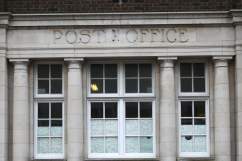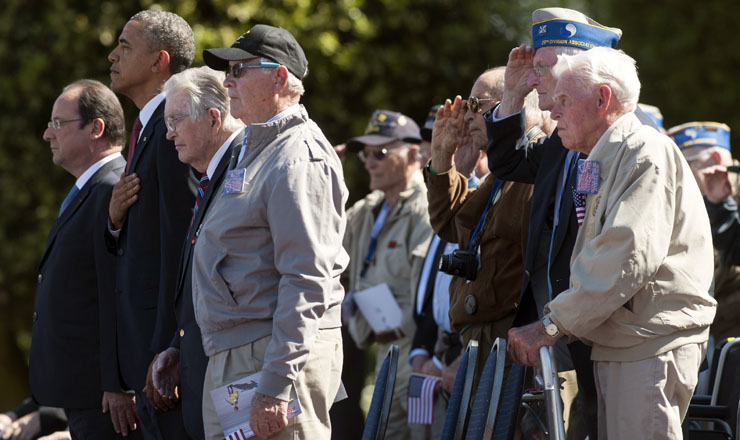
(Getty)
Veterans Day is the official United States holiday to honor those who have served in the U.S. military, whether in war or peace time, every November 11.
Veterans Day was first observed as Armistice Day on November 11, 1919, before becoming Veterans Day in 1954.
Here’s what you need to know:
1. Armistice Day Was Established to Commemorate the End of World War I
On the 11th hour of the 11th day of the 11th month of 1918, an armistice was declared between the Allies and Germany, ending the first World War, then known as The Great War. President Woodrow Wilson declared Armistice Day for November 11, 1919, commemorating peace after the end of a world war the following year. He proclaimed Armistice Day by stating, “To us in America, the reflections of Armistice Day will be filled with solemn pride in the heroism of those who died in the country’s service and with gratitude for the victory, both because of the thing from which it has freed us and because of the opportunity it has given America to show her sympathy with peace and justice in the councils of the nations.”
More than 117,00 Americans died in World War I. The Treaty of Versailles was not signed until June 28, 1919, officially ending World War I. On November 11, 1921, the first unidentified American soldier in war was buried at Arlington National Cemetery in Washington, D.C.
On November 11, 1938, Armistice Day became a legal federal holiday.
2. Armistice Day Became Veterans Day
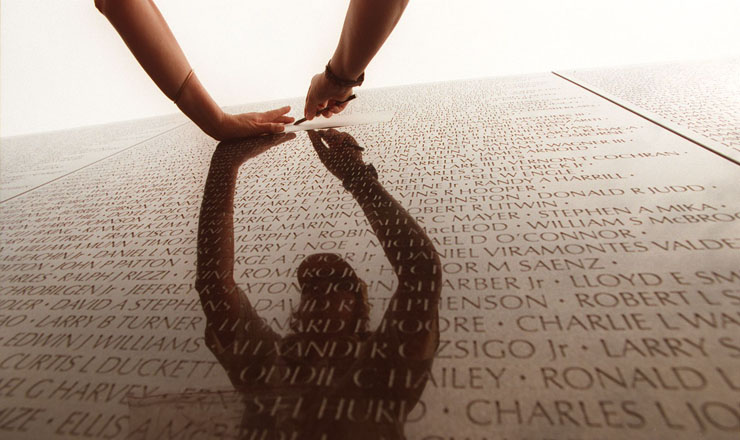
(Getty)
Following World War II and the Korean War, Armistice Day shifted to Veterans Day, honoring all members of the armed services, whether they served in war or peace time.
World War II saw the largest mobilization of soldiers in the U.S. history, more than 16 million from all branches of service. Approximately 5.7 million Americans served in Korea. In 1954, the 83rd U.S. Congress amended the 1938 declaration that made Armistice Day a holiday, changing it to Veterans Day, with President Dwight D. Eisenhower signing it into legislation on June 1, 1954. November 11 became Veterans Day, the U.S holiday to honor American veterans.
3. For 4 Years Veterans Day Was Not on November 11
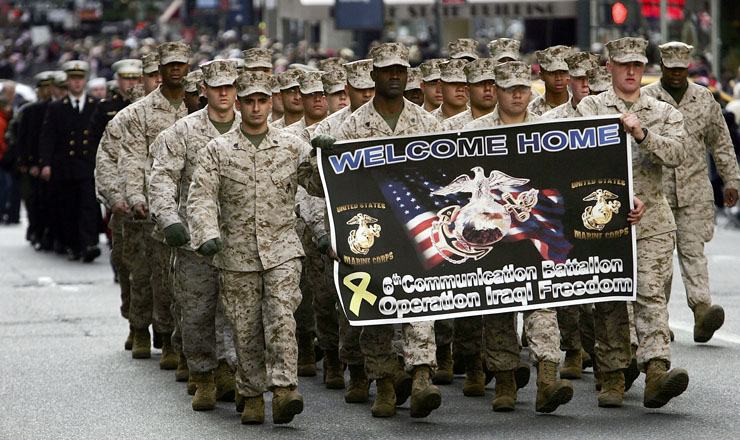
(Getty)
In 1968, Congress passed the Uniform Holiday Bill, trying to encourage tourism from federal employees by giving them three-day weekends — celebrating four national holidays on Mondays (Washington’s Birthday, Memorial Day, Veterans Day and Columbus Day).
The first Veterans Day to fall under the new law was observed on Monday, October 25, 1971. Many states did not approve of the change, and the country was generally left in confusion, with most observing Veterans Day on the regular date of November 11.
So, in 1975, President Gerald R. Ford signed a new law returning the official observation of Veterans Day back to November 11, starting in 1978, due to the overwhelming historical and patriotic significance it held for Americans. If Veterans Day or November 11 falls on Saturday or Sunday, the Veterans Day will be observed on the previous Friday or following Monday.
4. There Are More Than 19 Million Living American Veterans
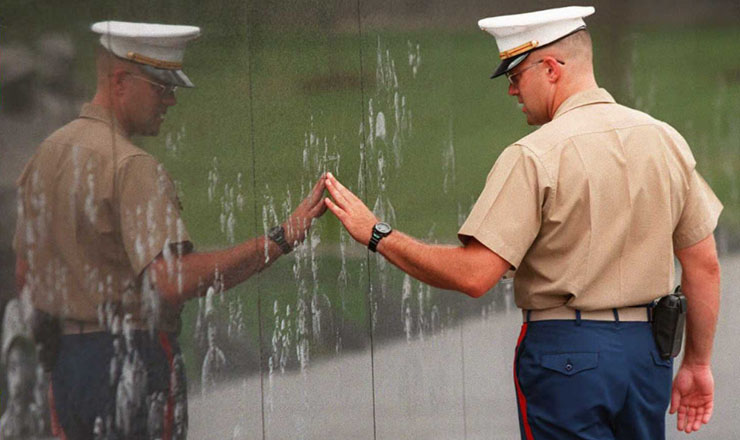
(Getty)
According to a census in 2013, there were 19.6 million veterans in the United States, with 1.6 million of them female veterans. Of those, 9.3 million U.S. veterans were 65 and older.
Britain, France, Australia and Canada also commemorate their veterans of World War I and II, on or near November 11. In Britain they observe Remembrance Sunday on the second Sunday of November, while Canadians observe Remembrance Day. Europe, Britain and the Commonwealth countries observe two minutes of silence at 11 am, ever November 11th.
Veterans Day and Memorial Day are often confused regarding the purpose of their observations. Memorial Day honors American service members who were died in service or were injured during battle. Veterans Day pays tribute to all American veterans, living or dead, having served in war or peace time.
5. A Wreath Laying Is Held Every Year at the Tomb of the Unknown Soldier
In the United States, every Veterans Day an official ceremonial wreath-laying is held at the Tomb of the Unknown Soldier in Arlington National Cemetery in Virginia. Parades, ceremonies and events are held around the U.S. during this time.
During the wreath-laying service, a combined color guard representing all military services executes a “Present Arms” in front of The Tomb of the Unknown Soldier at 11 a.m. on November 11.
In 1958 on Memorial Day, two more unidentified American war dead were buried next to the unknown soldier of World War I. One was from World War II and the other from the Korean War. In 1973, a law was passed building a grave and allowing funeral rights for an unknown solider from the Vietnam War, who was later identified in 1972 as Michael Blassie, a 24-year-old Air Force pilot shot down near the Cambodian border. It wasn’t until 1984 before another unidentified solider was buried at the tomb.
